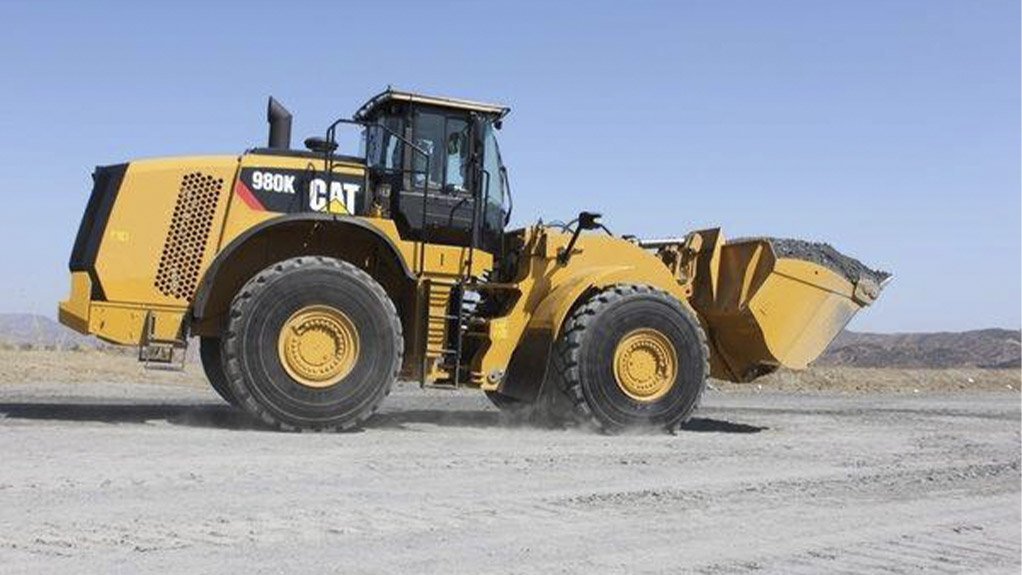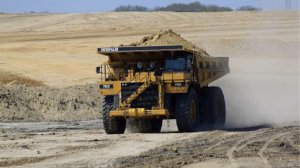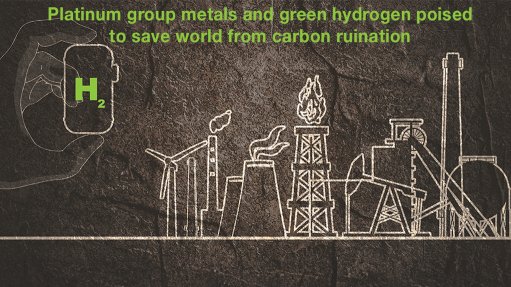Fire-protection systems are essential for high-value mining assets
It is essential to undertake pre-shift and weekly inspections on mining vehicles that operate in demanding environments to ensure that the fire system is in working order.
This is because mining vehicles such as excavators are high-value assets operating under harsh conditions where there is an inherent danger of fire, warns ASP Fire CEO Michael van Niekerk.
During such an inspection, the technician needs to check that the fire protection system nozzles are still attached correctly, covering the high-risk areas effectively; that the blow-off caps are still on; and that there is sufficient pressure in the detection line and in the system. Here ASP Fire can assist mining operations in mitigating any risk posed by fire, which affects productivity and profits.
The design and installation of a vehicle fire-protection system requires that mining vehicles are subjected to a Hazard Identification and Risk Assessment (HIRA) of potential fires. Each vehicle needs to be assessed carefully within its specific operating environment, in order to understand what hazards and fire risks that vehicle is exposed to. These range from excavators to haul trucks, and even drag lines.
Inherent fire risks include the turbochargers and brake system overheating, as well as high-pressure hydraulic systems and electrical equipment that may ignite a combustible or flammable component of the vehicle. ASP Fire designs systems to suit individual vehicles and their specific requirements.
This means examining the conditions not only inside the vehicle, but also within the surrounding environment.
Although Dry Chemical Powder (DCP) extinguishers are highly-effective in fire-fighting, they offer minimal cooling properties. This results in re-ignition of flames, especially in liquid fuel and rubber fires, thereby increasing the risk of property damage and loss of life. The powder inside DCP extinguishers can also compact due to vibration when placed on a moving vehicle.
This compacted powder increases the risk of malfunction when activated. As a result, DCP extinguishers placed on mobile equipment need to be serviced more frequently. DCP extinguishers also pose serious operator and environmental hazards. When used in confined spaces, they can affect the fire respondents’ visibility and capability to effectively suppress the fire, or to safely evacuate an area should the fire grow out of control.
A much more effective and ‘greener’ solution is water-mist special risk and handheld fire extinguishers. Utilising water as the main agent and nitrogen as a propellant, this handheld range is capable of extinguishing most types of fires, including rubber and plastic, diesel and petrol fires, and electrical fires rated up to 245 kV.
The atomised mist generated by the extinguisher increases the surface area of the water by more than a hundredfold. The micro-droplets rapidly turn into cold steam when coming into contact with burning or very hot materials, further increasing the surface area by 1 600 times. The endothermic reaction effectively cools down any hot surfaces in the immediate environment.
Not only is the fire extinguished, but any hot spots are cooled down without any thermal shock. The thermal heat radiation barrier created allows the operator to approach the fire without sustaining burns in order to deploy the extinguisher. A protection mechanism eliminates any false alarms.
This consists of a heat-sensitive pressurised activation tube that requires heat to rupture and open a differential valve on the main cylinder to activate the system.
Another solution offered by ASP Fire is an Aqueous Film Forming Foam (AFFF) for fire-extinguishing and vapour suppression of hydrocarbon fuel fires. The AFFF blanket blocks oxygen supply to the fuel, and cools any hot flammable liquid by effectively sealing the surface.
Comments
Press Office
Announcements
What's On
Subscribe to improve your user experience...
Option 1 (equivalent of R125 a month):
Receive a weekly copy of Creamer Media's Engineering News & Mining Weekly magazine
(print copy for those in South Africa and e-magazine for those outside of South Africa)
Receive daily email newsletters
Access to full search results
Access archive of magazine back copies
Access to Projects in Progress
Access to ONE Research Report of your choice in PDF format
Option 2 (equivalent of R375 a month):
All benefits from Option 1
PLUS
Access to Creamer Media's Research Channel Africa for ALL Research Reports, in PDF format, on various industrial and mining sectors
including Electricity; Water; Energy Transition; Hydrogen; Roads, Rail and Ports; Coal; Gold; Platinum; Battery Metals; etc.
Already a subscriber?
Forgotten your password?
Receive weekly copy of Creamer Media's Engineering News & Mining Weekly magazine (print copy for those in South Africa and e-magazine for those outside of South Africa)
➕
Recieve daily email newsletters
➕
Access to full search results
➕
Access archive of magazine back copies
➕
Access to Projects in Progress
➕
Access to ONE Research Report of your choice in PDF format
RESEARCH CHANNEL AFRICA
R4500 (equivalent of R375 a month)
SUBSCRIBEAll benefits from Option 1
➕
Access to Creamer Media's Research Channel Africa for ALL Research Reports on various industrial and mining sectors, in PDF format, including on:
Electricity
➕
Water
➕
Energy Transition
➕
Hydrogen
➕
Roads, Rail and Ports
➕
Coal
➕
Gold
➕
Platinum
➕
Battery Metals
➕
etc.
Receive all benefits from Option 1 or Option 2 delivered to numerous people at your company
➕
Multiple User names and Passwords for simultaneous log-ins
➕
Intranet integration access to all in your organisation























